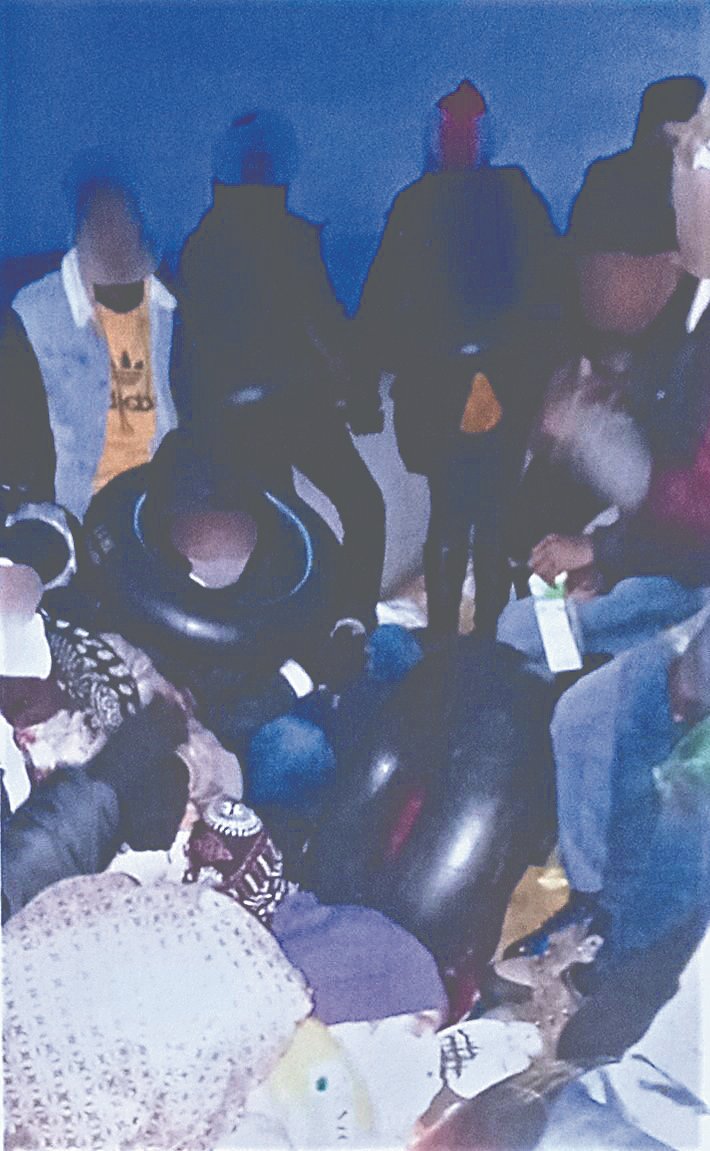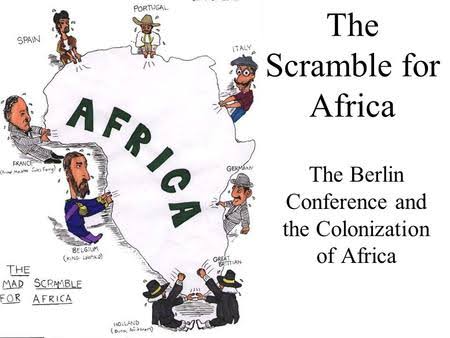spending) is projected to rise to 18.2% of GDP in 2020 from 12.6% in 2019. The authors correctly note the worrying surge in debt and warn that Beijing must continue to try to contain financial stability risks, but I notice that they are projecting average GDP...
1/10
The latest IMF report on China was released yesterday and provides a lot of good information and intelligent insight on the Chinese economy. The IMF’s measure of China’s adjusted fiscal deficit (including estimated off-budget
spending) is projected to rise to 18.2% of GDP in 2020 from 12.6% in 2019. The authors correctly note the worrying surge in debt and warn that Beijing must continue to try to contain financial stability risks, but I notice that they are projecting average GDP...
growth of just over 6% between 2012 and 2025, including a downward revision of their 2021 forecast from 8.2% to 7.9% (which I still think is a little high).
As I’ve long argued, it will be impossible for China both to control the surge in debt and to achieve growth...
targets above the real underlying growth rate of the economy, which I suspect is 2-3% at best. I know the IMF is constrained in what it is able to say about the Chinese economy if it wants to remain part of the advisory process, but I do think that after 10 years...
of watching this game we should be a lot more explicit about the relationship between unreasonably high GDP growth targets and high credit growth. There really is no point in advising Beijing to get financial risks under control while at the same time approving...
GDP growth targets that cannot but result in out-of-control increase in debt. The former requires the latter: if China grows by an average of 6% over the next five years, total social financing will rise from roughly 280% of GDP today to at least 320-40% of GDP.
The IMF also recommends that China do more to rebalance domestic demand towards consumption, which Beijing has been saying it would do since at least 2007. To do so it proposes expanding unemployment benefits, increasing transfers to low income households, enhancing...
public healthcare and otherwise strengthening the social safety net. This all makes sense, of course, but it is only half the story. Transfers involve not just “transfers to” but also “transfers from”. If Beijing permits these transfers to be funded by local government...
More from Michael Pettis
More from World
Thread: #Greek police and secret service discover #NGOs have been hiding hundreds of illegal immigrants in caves

Members of Non-Governmental Organizations have been hiding hundreds of #immigrants in the last weeks in coastal caves and forests of the Aegean islands, in order not to be detected by the Greek coast guard and thus to facilitate their #illegal entry into our country.
At the same time, due to their non-registration and taking health measures, there is a spread of the pandemic.
In addition, they had created a special internet platform to broadcast live the arrival of boats in #Lesvos and other #islands of the Eastern Aegean in order to "push" the Coast Guard not to prevent their entry into our country.
These are the conclusions of a second secret operation - with the codemame "Alkmini 2" of https://t.co/1BCe7Y74Fz. with the assistance of NIS against #NGOs that are active in our maritime #borders and which is revealed by "To Vima", with the presentation of relevant documents.

Members of Non-Governmental Organizations have been hiding hundreds of #immigrants in the last weeks in coastal caves and forests of the Aegean islands, in order not to be detected by the Greek coast guard and thus to facilitate their #illegal entry into our country.
At the same time, due to their non-registration and taking health measures, there is a spread of the pandemic.
In addition, they had created a special internet platform to broadcast live the arrival of boats in #Lesvos and other #islands of the Eastern Aegean in order to "push" the Coast Guard not to prevent their entry into our country.
These are the conclusions of a second secret operation - with the codemame "Alkmini 2" of https://t.co/1BCe7Y74Fz. with the assistance of NIS against #NGOs that are active in our maritime #borders and which is revealed by "To Vima", with the presentation of relevant documents.
You May Also Like
The entire discussion around Facebook’s disclosures of what happened in 2016 is very frustrating. No exec stopped any investigations, but there were a lot of heated discussions about what to publish and when.
In the spring and summer of 2016, as reported by the Times, activity we traced to GRU was reported to the FBI. This was the standard model of interaction companies used for nation-state attacks against likely US targeted.
In the Spring of 2017, after a deep dive into the Fake News phenomena, the security team wanted to publish an update that covered what we had learned. At this point, we didn’t have any advertising content or the big IRA cluster, but we did know about the GRU model.
This report when through dozens of edits as different equities were represented. I did not have any meetings with Sheryl on the paper, but I can’t speak to whether she was in the loop with my higher-ups.
In the end, the difficult question of attribution was settled by us pointing to the DNI report instead of saying Russia or GRU directly. In my pre-briefs with members of Congress, I made it clear that we believed this action was GRU.
The story doesn\u2019t say you were told not to... it says you did so without approval and they tried to obfuscate what you found. Is that true?
— Sarah Frier (@sarahfrier) November 15, 2018
In the spring and summer of 2016, as reported by the Times, activity we traced to GRU was reported to the FBI. This was the standard model of interaction companies used for nation-state attacks against likely US targeted.
In the Spring of 2017, after a deep dive into the Fake News phenomena, the security team wanted to publish an update that covered what we had learned. At this point, we didn’t have any advertising content or the big IRA cluster, but we did know about the GRU model.
This report when through dozens of edits as different equities were represented. I did not have any meetings with Sheryl on the paper, but I can’t speak to whether she was in the loop with my higher-ups.
In the end, the difficult question of attribution was settled by us pointing to the DNI report instead of saying Russia or GRU directly. In my pre-briefs with members of Congress, I made it clear that we believed this action was GRU.






















